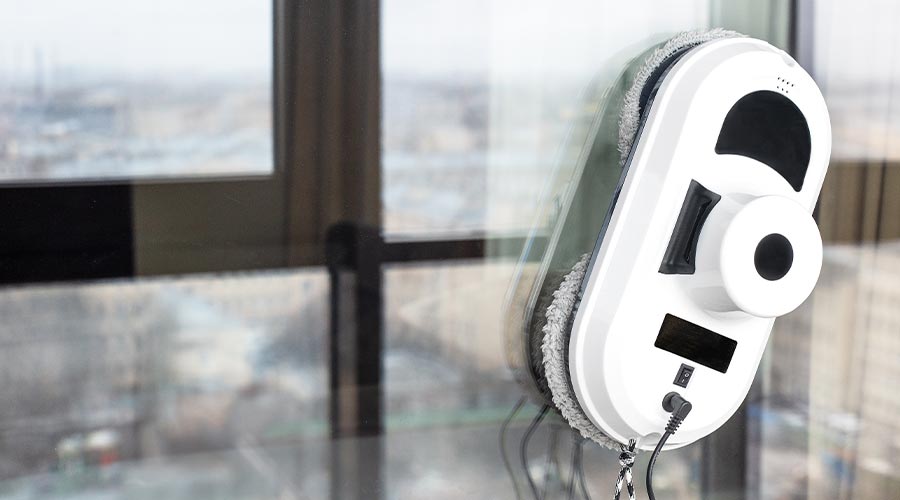
The global robotic window cleaners market size is estimated to grow by $3.35 billion to a compound annual growth rate of 38 percent from 2024-2028, according to research from Technavio. An increasing number of buildings with large windows is driving market growth, with a trend towards growing demand for industrial automation. However, use of manual window cleaners by cleaning-service providers poses a challenge.
Key Market Trends Fueling Growth
Robotic window cleaners are gaining popularity in industrial automation due to their ability to enhance productivity and efficiency. By automating window cleaning processes, businesses can eliminate the need for manual labor, reduce associated labor costs, and optimize operations. These devices offer faster cleaning cycles and consistent performance, enabling businesses to allocate resources more efficiently and potentially minimize downtime for cleaning activities. The global robotic window cleaners market is expected to grow due to these advantages, as industries seek to streamline their operations and remain competitive. Robotic window cleaners provide a cost-effective and time-saving solution for businesses looking to adopt industrial automation.
The robotic window cleaner market is experiencing significant growth, particularly in the suction mechanism sector and brushes and wipers. Battery-powered models are gaining popularity in the automatic cleaning industry, offering versatility and convenience. Remote control features and smart home integration are key trends, with compatibility and anti-fall sensors ensuring safety. Technological advancements include vacuum suction type, MEMS sensors, and vision technologies.
Power source and connectivity options are important considerations for both residential and commercial consumers. Safety features, such as anti-fall sensors and magnets, are essential for glass surfaces. Robotic innovation extends to steel-cleaning robots in the maritime industry and industrial plants. The two-step cleaning process, which includes suction, dirt removal, polishing, and fan absorption, is a crucial technological feature. Consumers can control their robotic window cleaners via remote controller or mobile application, enabling automation and ease of use. The commercial and industrial sectors are also embracing the automated cleaning industry, integrating AI and IoT for advanced sensors and vision technologies.
Market Challenges
Several cleaning service providers in the Middle East and Asia Pacific regions predominantly use manual window cleaners for residential and commercial window cleaning tasks. These providers frequently secure cleaning contracts, necessitating the need for extensive cleaning equipment inventories. Manual window cleaners continue to hold a larger market share compared to robotic window cleaners due to their widespread usage among popular cleaning service providers.
In the fan absorption segment, energy efficiency and noise reduction are key concerns. For mobiles and smart features, affordability and compatibility with different types of windows are important. The commercial and industrial segments require larger cleaning areas and advanced sensors for effective operation. Floor cleaning robots and cleaning robots face competition from service-related jobs in industrial construction and building constructions. Security risks, such as robberies and thefts, are a concern for homeowners. Smartphone connectivity and vacuum suction are essential features for residential use. Weather conditions, pre-wetting, and high-pressure airflow are critical factors affecting performance on glass surfaces. Dirt particles and streaks require advanced sensors and efficient vacuum suction. Negative pressure and water and debris management are essential for effective cleaning.
For additional insights, click here,

 The Down and Dirty on Cleaning in Virus Season
The Down and Dirty on Cleaning in Virus Season How Surfactant Use is Expanding in Commercial Cleaning
How Surfactant Use is Expanding in Commercial Cleaning Clean Buildings Conference
Clean Buildings Conference